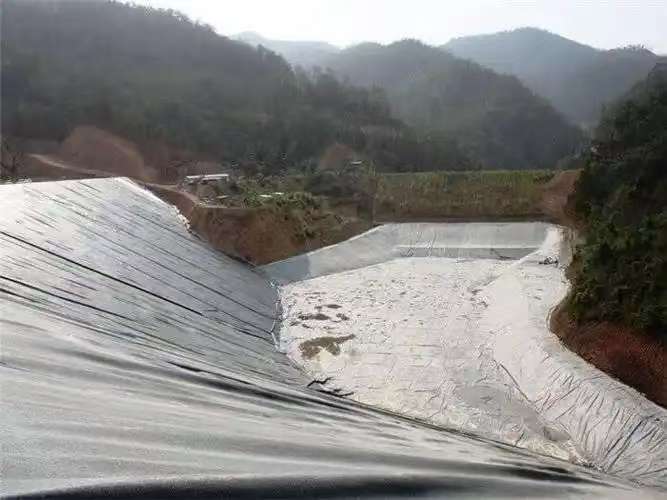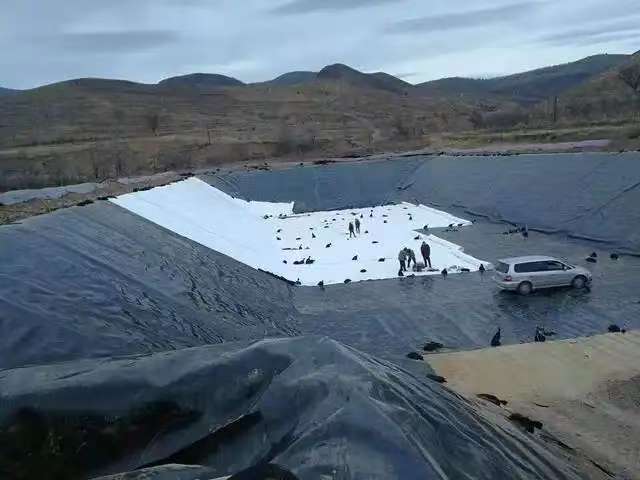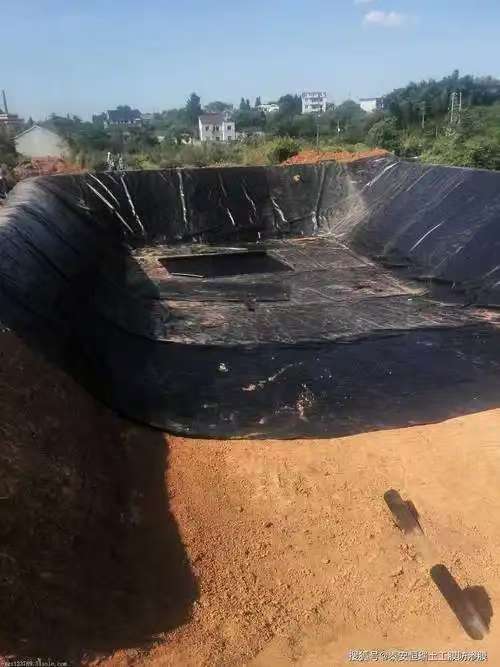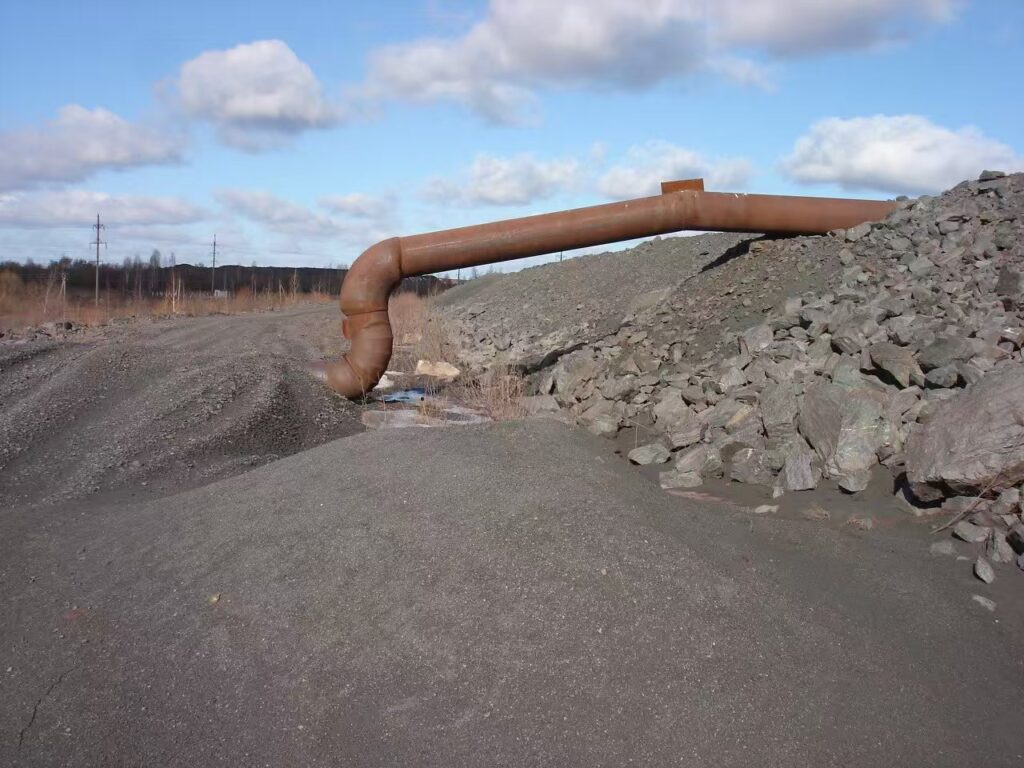



Tailings ponds are critical facilities for storing tailings during mining operations, and their safety and environmental protection directly impact the sustainable development of mining enterprises. Seepage prevention technology is a key aspect of tailings pond design and operation, and geomembranes, as an efficient seepage prevention material, play a vital role in tailings pond seepage prevention. This article focuses on the application of geomembranes in tailings pond seepage prevention.
1. Characteristics and Advantages of Geomembranes
Geomembranes are impermeable materials made from polymer materials, such as high-density polyethylene (HDPE) membranes and polyvinyl chloride (PVC) membranes. Their main characteristics include:
1. High Impermeability: Geomembranes have an extremely low permeability coefficient, effectively preventing the seepage of liquids and gases.
2. Chemical Stability: Geomembranes exhibit high resistance to acids, alkalis, salts, and other chemicals, making them suitable for use in complex tailings environments.
3. Aging Resistance: High-quality geomembranes have excellent UV and oxidation resistance, maintaining stable performance over long-term use.
4. Ease of Construction: Geomembranes are lightweight and flexible, making them easy to transport and install, suitable for various complex terrains.
2. Application of Geomembranes in Tailings Pond Seepage Prevention
1. Bottom Seepage Prevention Layer
Laying geomembranes at the bottom of tailings ponds is a core measure for seepage prevention. As the primary material for the bottom seepage prevention layer, geomembranes can effectively prevent harmful substances in tailings from seeping into the groundwater system. During construction, protective layers (e.g., non-woven fabric) are usually placed above and below the geomembrane to prevent mechanical damage.
2. Slope Seepage Prevention Layer
The slopes of tailings ponds also require seepage prevention treatment to prevent rainwater or tailings liquid from leaking along the slopes. Geomembranes can cover the entire slope and connect with the bottom seepage prevention layer to form a complete seepage prevention system.
3. Cover Layer for Seepage Prevention
During tailings pond closure or temporary covering, geomembranes can serve as part of the cover layer, preventing rainwater from seeping into the pond area, reducing the generation of tailings liquid, and minimizing dust pollution.
3. Key Technologies for Geomembrane Construction
1. Foundation Treatment
Before laying geomembranes, the tailings pond foundation must be leveled and compacted to ensure a smooth surface free of sharp objects that could puncture the geomembrane.
2. Welding Technology
Geomembrane connections are typically made using thermal fusion welding. The quality of welding directly affects the seepage prevention effectiveness. After welding, airtightness testing is required to ensure no leakage at the seams.
3. Protective Layer Installation
Protective layers (e.g., sand or non-woven fabric) are laid above and below the geomembrane to prevent mechanical damage during construction or use.
4. Monitoring and Maintenance
After geomembrane installation, regular leakage detection and integrity checks are necessary to promptly identify and address potential issues, ensuring the long-term effectiveness of the seepage prevention system.
4. Challenges and Countermeasures in Geomembrane Seepage Prevention
1. **Complex Geological Conditions
In complex geological conditions, geomembranes may be damaged due to uneven foundation settlement. Countermeasures include strengthening foundation treatment and using high-strength composite geomembranes.
2. Long-Term Stability
Geomembranes may be affected by chemical corrosion or UV aging over time. Selecting high-quality, aging-resistant geomembrane materials and conducting regular maintenance can effectively extend their service life.
3. Construction Quality Control
The construction quality of geomembranes directly impacts seepage prevention effectiveness. Strict construction management and technical training ensure that the construction process meets specification requirements.
5. Conclusion
As an efficient seepage prevention material, geomembranes have significant application value in tailings pond seepage prevention. Through scientific design, strict construction, and regular maintenance, geomembranes can effectively prevent harmful substances in tailings from seeping into groundwater, protecting the ecological environment and human health. In the future, with advancements in material technology, the performance of geomembranes will further improve, providing more reliable solutions for tailings pond seepage prevention.
